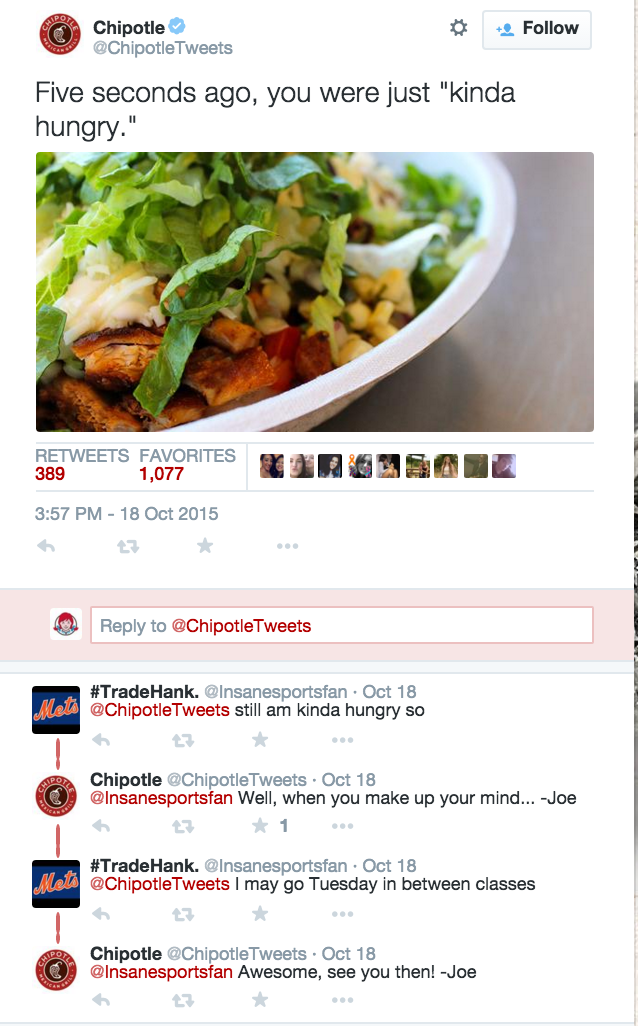Save 50% on a 3-month Digiday+ membership. Ends Dec 5.

Christina Miller is a senior channel manager at VML, a global marketing agency.
Brands spend countless hours and dollars creating content that speaks to their target audiences on social media. While engaging and relevant content is important, it can only take the brand so far. That’s where a strong community management strategy comes in.
Community management is the personal touch. It’s how the brand can show it cares and can create a more intimate relationship with its audience through thoughtful one-on-one interactions.
Content is king, but content can’t talk back. When someone complains in the comments about a piece of content, community management is there with the antidote. When someone wants more information about a product, community management is there to answer. When someone professes his or her love for your brand, community management is there to thank them and amplify the sentiment.
Not only is pushing out content without a solid community management strategy like sending an infantry into the fray without air support, it’s also a missed opportunity to “seal the deal.” Here are the top uses for community management that brands should consider for strong strategy.
Community management as always-on customer service
As consumers, we want immediate answers and results when we reach out to a brand. If someone posts a complaint or question on social, they expect to hear back right away. If the person doesn’t feel heard or isn’t getting a response, social media is where they amplify that complaint, which can become a serious PR nightmare for the brand. A brand with good community management can address the issue immediately and find a solution for the consumer before the complaint or question becomes a bigger issue.

Community management as a personal extension of content
The reach of Facebook, Twitter and other major social platforms rival what we can do with TV in terms of getting content out to our target audience; but the second, and often most important piece, is interaction through community management that extends the content idea. Content opens the door and then community management personally greets the consumer at the threshold.

Community management as a way to further entertain and inform
You can’t always say everything you need to in 140 characters or in the post copy and image on Facebook, and you don’t always want to — that’s where community management can help. Broad content can help set the stage for a win with community management, like the setup to a joke. Community management then comes in and delivers the punchline (sometimes several different ones).
Community management as a personification of the brand
Social media is made for conversations — a way to connect with the people around you. Brands won’t be successful if they’re just talking at the audience by pushing out content; they should be talking with the audience through the extension of community management. It humanizes the brand and creates relationships with fans.

It’s obvious that community management is an important piece of a strong social media strategy. So while it may seem deceptively trite at times, it cannot be taken lightly. If the community management responses are haphazard, untimely and insincere, community management will not help your brand, and may even harm it.
So make sure that your conversation counts.
Image courtesy Shutterstock.com
More in Marketing

Future of Marketing Briefing: The tells and flops that will define Omnicom-IPG mega holdco
The real story will sit in how this newly fused entity behaves — whether it breaks from the patterns that defined both parents or simply scales them.

In Graphic Detail: CMOs at a crossroads of power and proof
CMOs are closing out another year defined by churn and shifting ground.

As Black Friday nears, fake apologies from brands are all over Instagram
Brands have taken to social media in advance of Bliack Friday to ask followers for forgiveness. The catch: They’re apologizing for their products being too good.






